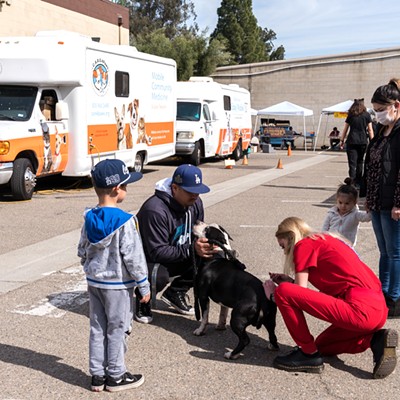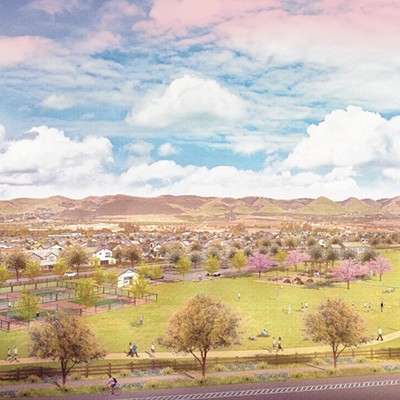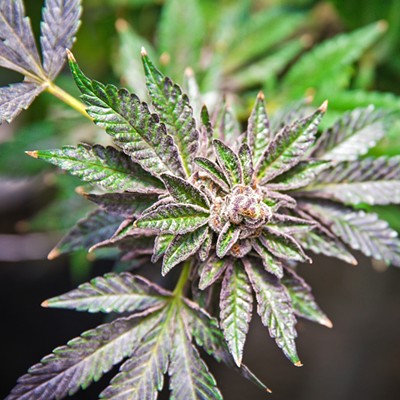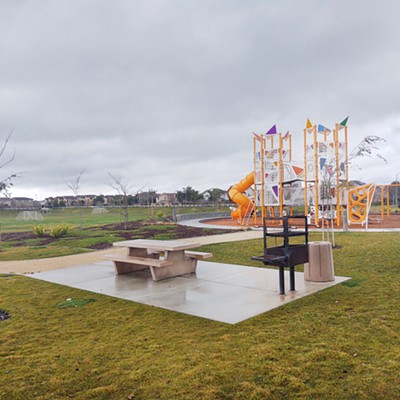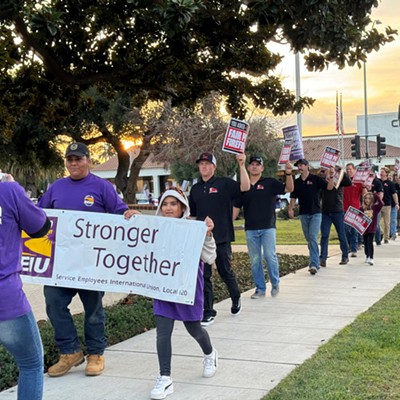Solar panels resting in the sun on top of a foldout table will greet visitors who check out this year’s high school class of Summer Science Institute students.
Rather than hitting up Riccardo Magni’s science classroom at Pioneer Valley High School, experiment gawkers will need to wander the Allan Hancock College campus. There they will also find Pioneer Valley student Jonah Mau on his skateboard trolling campus with a little black machine that checks the air for particulate matter like dust and dirt.
The Summer Science Institute is in its fourth year and, with a little help from Hancock, it changed campuses this summer. This year’s class is finishing up its fifth week of six, and students are in the nitty-gritty data-analyzing stage of their experiments. The experiments will be entered into next year’s Santa Barbara County Science Fair.
Hancock’s math and science department offered up the use of one of its labs from 9 a.m. to 3 p.m. every day for the institute, along with funding from a federal Department of Education STEM Grant for Hispanic Serving Institutions.
Paul Murphy, dean of math and sciences at Hancock, said he thought moving the institute to a college campus would open attendance to students from different high schools. In addition to nine students from Pioneer Valley, three students from Ernest Righetti High School enrolled in the program this year.
“They’re going to be so far ahead of other kids when they get to college,” Murphy said.
The grant is paying for the institute with help from Phillips 66 and Hardy Diagnostics. Murphy said another impetus behind the grant is motivating college students or graduates to teach math and science. Magni has two teaching assistants who are helping students map and analyze data, design experiments, and work with technology.
“I wouldn’t sleep if it wasn’t for them,” Magni said. “Seriously.”
Arturo Avila, who recently graduated from Cal Poly in SLO with a teaching credential in physics, was helping student Karla Camacho analyze data on July 15. Her experiment gauges the effect of social media on short-term memory. Thus far, her data shows that people who use social media more regularly than others have a better short-term memory.
Avila said he enjoys working with students and teaching them about the scientific method.
“I think this is the best type of activity to understand science and how it works,” Avila said. “A learn-by-doing type of environment.”
Magni said the hope is that the class can continue to expand in the following years. He wants to bring in students from Santa Maria High School next year. He said the more minds they can bring together, the greater the variety in student experiments can be. He uses Camacho’s psychological experiment on social media as an example.
“I wouldn’t have thought of this project, but she did,” Magni said. “That’s the whole point—we’re expanding.”


